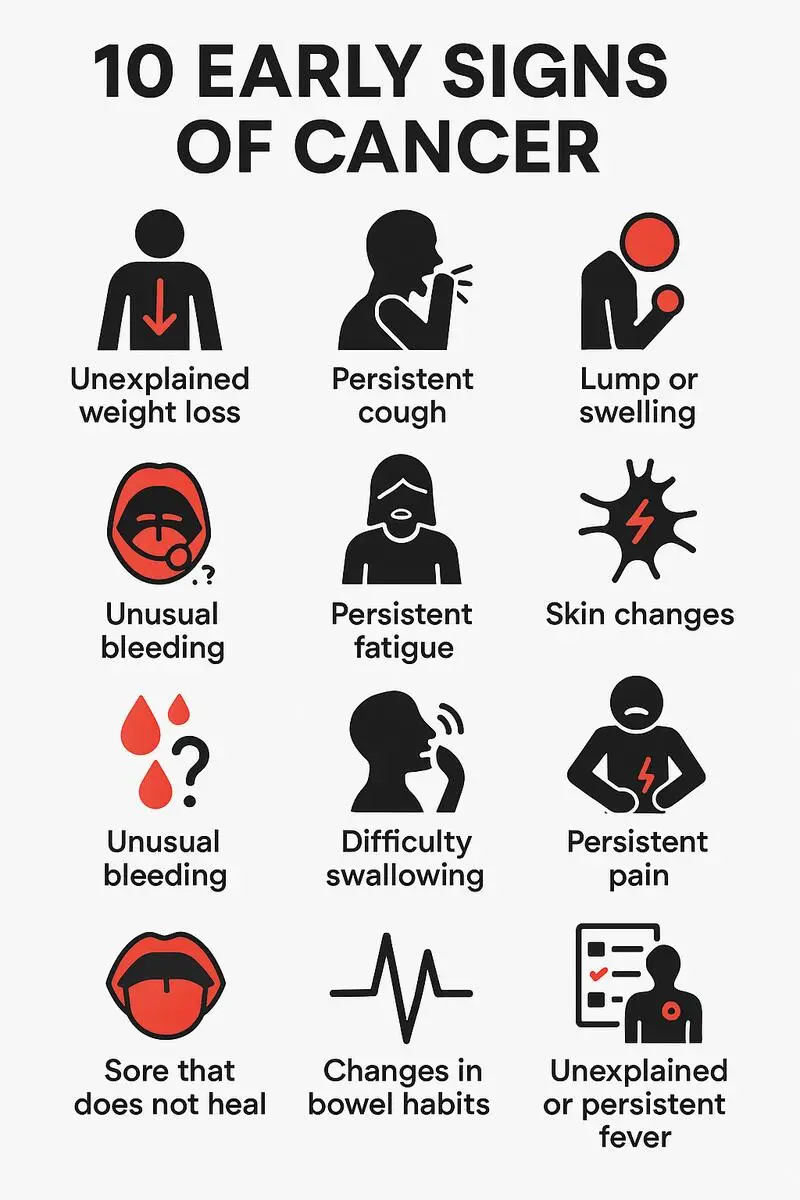- Published on: Dec 18, 2024
- 3 minute read
- By: SecondMedic Expert
How To Treat Diabetes Without Medicine
Diabetes is a chronic condition that affects millions of people worldwide. While medications are often prescribed to manage it, many individuals are turning to natural approaches for controlling blood sugar levels. This blog will explore natural ways to lower blood sugar levels, including diet, exercise, and home remedies, offering effective strategies for those seeking to manage diabetes without medication.
Understanding Diabetes Management Naturally
Managing diabetes without medicine focuses on lifestyle changes that improve the body’s ability to regulate blood sugar. The goal is to achieve stable blood sugar levels by incorporating healthy habits and avoiding triggers that cause spikes.
Best Foods to Lower Blood Sugar
Your diet plays a crucial role in diabetes management. Choosing the right foods can significantly impact your blood sugar levels. Here are some of the best foods to include in a diabetes-friendly diet:
-
Leafy Greens: Spinach, kale, and other leafy greens are low in carbohydrates and high in fibre, making them excellent for blood sugar control.
-
Whole Grains: Brown rice, quinoa, and oats are rich in fiber, which slows sugar absorption and prevents spikes.
-
Nuts and Seeds: Almonds, walnuts, chia seeds, and flaxseeds provide healthy fats and protein, keeping blood sugar levels steady.
-
Fruits with Low Glycemic Index: Berries, apples, and oranges are packed with nutrients and have a minimal impact on blood sugar.
-
Legumes: Lentils, chickpeas, and black beans are high in fibre and protein, which helps regulate blood sugar levels.
Incorporating these foods into your meals is a natural way to lower blood sugar and promote overall health.
Diet Plan to Reverse Type 2 Diabetes Naturally
To control diabetes without medication, following a structured diet plan is essential. Here’s a sample day:
-
Breakfast: A bowl of oatmeal with chia seeds and fresh berries.
-
Snack: A handful of almonds or a small apple.
-
Lunch: Grilled chicken with a side of quinoa and steamed broccoli.
-
Snack: A cup of Greek yoghurt topped with flaxseeds.
-
Dinner: Baked salmon with roasted vegetables and a small sweet potato.
This diet plan includes foods that help reduce blood sugar while providing balanced nutrition.
Exercise to Lower Blood Sugar
Regular physical activity is another vital aspect of natural blood sugar management. Exercise helps the body use insulin more efficiently and lowers blood sugar levels. Here are some effective exercise routines for diabetes control:
-
Walking: A brisk 30-minute walk daily can significantly lower blood sugar levels.
-
Strength Training: Building muscle mass improves glucose uptake, helping regulate blood sugar.
-
Yoga: This mind-body practice reduces stress, which can stabilize blood sugar levels.
-
Cycling or Swimming: These low-impact exercises improve cardiovascular health and help control diabetes.
Consistency is key—aim for at least 150 minutes of moderate-intensity exercise per week.
Home Remedies for Blood Sugar Level
Home remedies are a natural way to complement your diet and exercise routines. Here are some effective options:
-
Fenugreek Seeds: Soak a teaspoon of fenugreek seeds overnight and drink the water in the morning. Fenugreek helps improve insulin sensitivity.
-
Cinnamon: Adding cinnamon to your tea, oatmeal, or smoothies may help lower blood sugar levels.
-
Apple Cider Vinegar: Consuming a tablespoon of apple cider vinegar diluted in water before meals can prevent blood sugar spikes.
-
Aloe Vera Juice: Known for its anti-inflammatory properties, aloe vera may also help regulate blood sugar levels.
-
Bitter Gourd (Karela): Drinking bitter gourd juice has been shown to lower blood sugar levels naturally.
Natural Ways to Lower Blood Sugar Levels
Combining diet, exercise, and home remedies creates a holistic approach to managing diabetes. Additionally, stress management and adequate sleep play essential roles in natural blood sugar management. Chronic stress releases hormones like cortisol that can raise blood sugar, while poor sleep can negatively affect insulin sensitivity.
-
Stress Management: Practice meditation, deep breathing, or hobbies to reduce stress levels.
-
Sleep Hygiene: Aim for 7-8 hours of quality sleep each night to support overall health and blood sugar control.
Avoiding Common Pitfalls
While adopting natural methods to control diabetes, it’s crucial to avoid certain habits:
-
Processed Foods: High in sugar and unhealthy fats, these foods can cause blood sugar spikes.
-
Skipping Meals: Irregular eating patterns can lead to unstable blood sugar levels.
-
Sedentary Lifestyle: Lack of movement makes it harder for the body to regulate blood sugar.
Benefits of a Natural Approach
Adopting natural ways to lower blood sugar not only helps in managing diabetes but also improves overall well-being. Benefits include:
-
Improved energy levels.
-
Reduced risk of diabetes-related complications.
-
Enhanced mood and mental clarity.
-
Long-term sustainability compared to relying solely on medication.
Final Thoughts
Learning how to control diabetes without medication requires dedication, but the rewards are worth it. By focusing on a balanced diet, regular exercise, and effective home remedies, you can achieve significant improvements in your health. Incorporate these strategies into your daily routine, and don’t forget to consult with healthcare professionals for personalized advice
Read FAQs
A. Yes, diabetes can often be managed through natural methods such as a healthy diet, regular exercise, and lifestyle changes. However, it is essential to consult a healthcare professional to determine the best approach for your condition.
A. Foods such as leafy greens, whole grains, nuts, seeds, and low-glycemic fruits like berries and apples are excellent for naturally managing blood sugar levels.
A. Exercise improves insulin sensitivity, allowing the body to use glucose more effectively. Activities like walking, yoga, strength training, and swimming can help lower blood sugar levels.
A. Yes, natural remedies like fenugreek seeds, cinnamon, apple cider vinegar, aloe vera juice, and bitter gourd can help regulate blood sugar levels when incorporated into your routine.
Our Services
Request A Callback
Recent Posts
High Blood Pressure: Everything You Need to Know
Apr 24,2025










